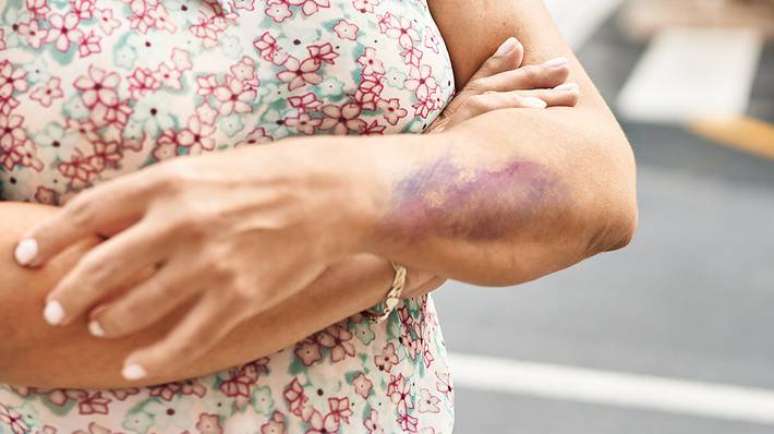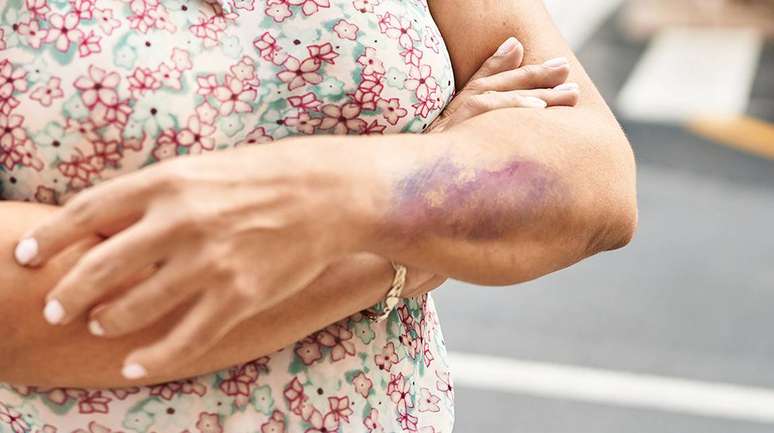Novo Nordisk’s Rare Signs campaign aims to raise awareness of the signs and shorten patients’ journey to diagnosis
Hemophilia is a rare disease that impairs the functioning of blood clotting. The condition causes difficulty in controlling bleeding in the body, which results in prolonged bleeding in multiple locations.
There are two types of hemophilia: congenital and acquired. The first, most well-known, is caused by a genetic alteration, in which bleeding begins during childhood, especially in the joints, according to Mariana Gomes Adas Okuma, medical director of the University Novo Nordisk Brazil.
“Acquired hemophilia is not a genetic disease, but a condition that can appear in an individual’s life at any age, more frequently in the elderly and in women during pregnancy and up to a year after giving birth”, explains the doctor.
In most cases it is not possible to identify a cause, but some pre-existing diseases can be associated with the appearance of acquired hemophilia, such as other autoimmune diseases, tumors and skin diseases, as well as the use of drugs, pregnancy and postpartum, among others.
Pay attention to the symptoms of acquired hemophilia
The disease causes an immune system disorder, in which the body begins to produce antibodies against a clotting factor, which impairs blood clotting.
As a result, the patient experiences bleeding, mainly in the form of bruises on the skin (purple spots), of spontaneous onset – not related to trauma or contusions in the region – and lasting longer than expected.
It is estimated that 54% of spontaneous bleeds are considered serious. There are also other symptoms of the disease that may go unnoticed, according to Novo Nordisk’s chief medical officer.
“Trauma-related bleeding is greater than usual in terms of extent and duration. There may be a delay in the formation of a clot in a wound, bleeding from the nose, digestive and urinary tracts, as well as from the joints. In more severe cases, yes occurs bleeding in the chest and head, with risk of death,” he says.
Diagnosis of rare diseases is challenging
It is estimated that there are around 8 thousand rare diseases, which makes the work of healthcare professionals who are not familiar with these pathologies difficult. Dr. Mariana explains that patients face a long journey to confirm the diagnosis.
“Acquired hemophilia is a condition that appears at some point in the life of a person who has no history or history of bleeding. Normally, the disease occurs slowly and gradually, so it takes a long time for the person to seek medical attention,” says the medical director of Novo Nordisk.
The diagnosis is technically simple, as it does not involve genetic tests or complex examinations. However, when contacting the patient, it is important that the doctor suspects the disease and requests a coagulogram, one of the first tests that signal a change in blood clotting.
This is important to avoid more severe and advanced cases of the disease. “By identifying the first manifestations of hemorrhage and performing a simple coagulation test, it is possible to suspect the diagnosis of the disease early and initiate adequate treatment, immediately after diagnostic confirmation, to avoid a greater severity of the pathology over time. .”
The test reveals the first clue of the disease: prolonged aPTT (activated partial thromboplastin time), while the other coagulation parameters are normal. There are additional confirmatory tests, such as measurement of factor VIII activity and detection and titration of inhibitor (autoantibody against factor VIII).
Once acquired hemophilia is confirmed, cases with mild bleeding do not require treatment that affects clotting, while others do. The medicines are available in the Unified Health System (SUS), as well as in the private system, and are part of the price list of the National Complementary Health Agency (ANS), with coverage by health plans.
The campaign aims to reduce the time it takes to diagnose the disease
Countryside Rare signals, from Novo Nordisk, aims to alert people to the symptoms of rare bleeding disorders. The idea is to raise awareness among the population to reduce the time needed to diagnose these pathologies and, consequently, the time needed to start treatment. The initiative has the support of medical societies and patient associations.
According to a European study, most diagnoses occur between a week and a month after the initial bleeding. In Brazil, the estimate is that this time it will be even longer. The reduction allows treatment to be started early: the shorter the time between the onset of symptoms and diagnosis of the disease, the better the treatment result will be.
“Knowledge and awareness are excellent tools to achieve the goal of early diagnosis, which is so important in the management of pathologies, especially rare diseases,” says the medical director of Novo Nordisk.
The campaign has a website, where you can find the main information on the topic. On the page there is a first test, developed in collaboration with the Brazilian Society of Thrombosis and Hemostasis (SBTH), which indicates whether bleeding may suggest the presence of a rare hemorrhagic disease and whether it is necessary to contact a doctor for an in-depth investigation. .
Sources
Knoebl P, et al. J Thromb Haemost 2012;10:622-3; Collins PW et al. Blood. March 1, 2007;109(5):1870-7; Shetty S et al. Autoimmune Rev. 2011 April;10(6):311 6
Brazilian Association of People Affected by Hemophilia, available at https://abraphem.org.br/a-hemofilia/hemofilia-adquirida/

Source: Terra
Ben Stock is a lifestyle journalist and author at Gossipify. He writes about topics such as health, wellness, travel, food and home decor. He provides practical advice and inspiration to improve well-being, keeps readers up to date with latest lifestyle news and trends, known for his engaging writing style, in-depth analysis and unique perspectives.








